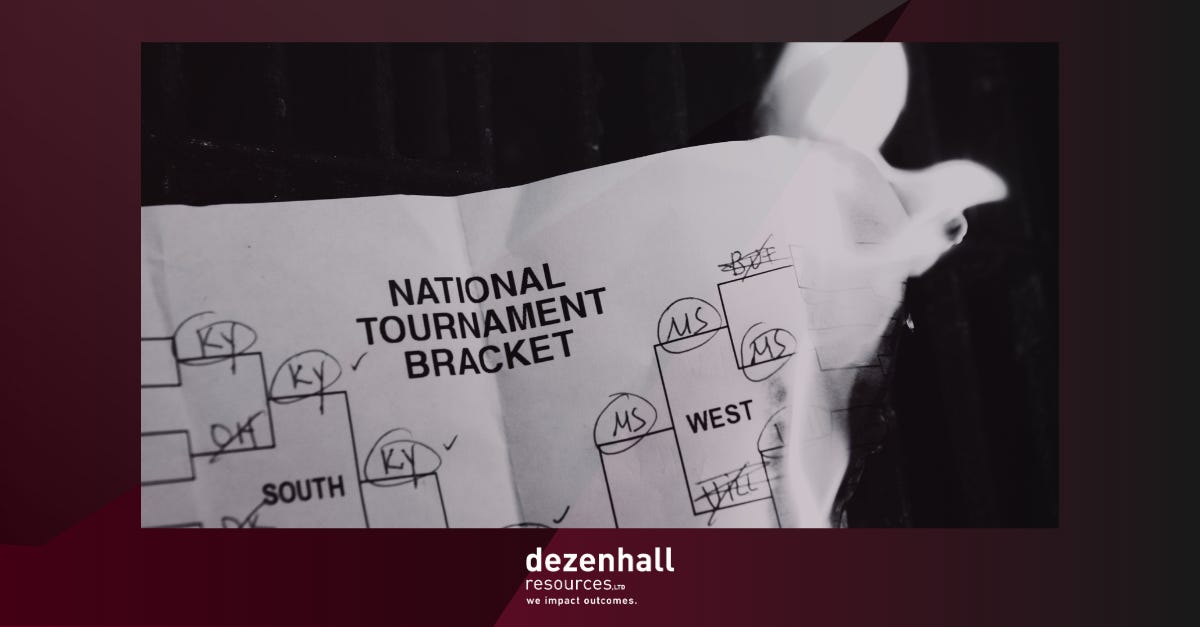Dez Reads. Zillow Therapy, White House Dynamics, Pickle Jar Phenomenon, Social Media Warnings, and Bowling Shirt Nostalgia.
Happy Independence Day weekend. I wholeheartedly agree with all of the patriotic tweets from our brands, celebrities, and politicians expressing their appreciation and love for the greatest country on earth.
We’re taking a different tack at Dez, cultivating a cross-section of stories that I feel represent the authentic American experience.
Bova writes about the iconic bowling shirt, Anne Marie gives a first-person view of millennial Zillow doomscrolling, Eric weighs in on the current presidential controversy from the eyes of a former White House staffer, Will considers the impact of warning labels on social media, and I find myself fascinated by the cultural impact of a random pickle jar in Missouri.
If nothing else, our country keeps it interesting, and for that, I’ll always be grateful. Enjoy the time with friends and family this weekend.
Here we go.

Business.
WSJ. Pretend Renovations, Houses You’ll Never Buy: Call It Zillow Therapy
Move over doomscrolling on Instagram and TikTok; hello to virtual window shopping for real estate. Columnist Elizabeth Berstein calls it “Zillow therapy”; I’ve called it real estate porn since SNL’s 2021 skit about Zillow being the fantasy of late 30-somethings. Whatever you call it, Zillowing is a growing escapist activity. Admittedly, I’m a Zillower.
People Zillow for different reasons; for some, it’s the inspiration for actual projects and an extension of home décor magazines and shows (me), and for others, it’s envisioning a completely different life in a place they’ve never lived, for some it’s a safe place to judge others design choices and get a good laugh (also me – allow me to recommend Zillow Gone Wild), and for others it’s a coping mechanism for a tight real estate market with rising prices and mortgage rates.
While “Zillow therapy” brings folks joy and millions of monthly users to their site, Zillow says it’s “not a replacement for therapy.” Unsurprisingly, psychologists agree. If the occasional Zillow boosts serotonin and allows for a laugh or a momentary escape from the mountain of laundry you’ve been ignoring – what’s the harm? Zillow on.
– Anne Marie Malecha
Politics.
Axios. Post-Debate: How White House Aides Think
Friends and acquaintances have asked me since the debate, as somebody who once worked in the White House, why Biden’s advisors didn’t tell him a long time ago to step aside and let another candidate replace him. Here’s why: The highest priority for a White House aide is preserving their proximity to power. Everything flows from that. I remember the resentment that kicked in when someone moved from the second floor of the West Wing to the first, where the Oval Office is. It’s like primates in the Serengeti jockeying to be in the orbit of the Alpha.
In the White House, you know you have the opportunity of a thousand lifetimes. You’ve got the president you’ve got. You can’t just attach yourself to another political figure who’ll hit the lottery. If you’re in the White House, you’ve already won the lottery, and you want to keep the one variable that got you — and kept you — there. Damage control is just that: trying to mitigate what’s really bad, not make it vanish. Because it won’t. So, you advise as best you can and noodle on the book you’re going to write if it all blows up.
– Eric Dezenhall
Local Interest.
WSJ. How an Old Jar of Pickles Put a St. Louis Suburb on the Map
This Independence Day weekend, I chose the story that I feel best captures the American experience.
A little over a decade ago, someone placed a pickle jar atop a highway barrier outside of St. Louis, Missouri. The jar became the subject of local fascination: Who put it there? Why in the hell would someone get out of their car on a busy highway to create a public pickle jar display? At any rate, it’s a movement, with the St. Louis pickle jar attracting tens of thousands of Facebook fans and hundreds of thousands of TikTok impressions.
I think Irish nurse Pete Hand captured the wonderful absurdity of the American experience in a Facebook post on the pickle, writing that he began following the pickle saga due to the “sheer peculiarity of this random pickle jar placed in a public area that has garnered such international interest.”
– Josh Culling
Health.
The New York Times. Should social media come with warning labels?
Do you find yourself scrolling endlessly through Instagram? Or do you find yourself half-watching TikTokers whose lives look like highlight reels? If so, you’re exactly the kind of person the U.S. Surgeon General, Dr. Vivek Murthy, is worried about. Dr. Murthy argues in favor of warning labels for social media platforms in his recent opinion piece for The New York Times. We all know about the growing mental health crisis for young people. Excessive consumption of social media seems to be a key driver of depression, anxiety, and suicide within this younger cohort.
This potential regulation may have meaningful long-term ramifications for the PR and reputation sectors. We often lean into the reach and impact that social media has on our audiences as one of many paths to influencing public perception. Warning labels inherently acknowledge that social media is bad for consumers; however, probably creating a long-term drag on consumer adoption of currently popular social platforms. We must adjust how we want to engage these individuals if we want our content to be seen as credible and responsible. Transparency and responsible content creation will become even more critical as users become aware of the potential risks associated with social media use.
– William Kim
Culture.
Smithsonian Magazine. How a Questionably Fashionable Shirt Bowled America Over
Believe it or not, if you went to a bowling alley in the 1940s, you would see some of the sharpest-dressed people around: men in shirts and ties and women wearing smart dresses. However, the next decade saw a massive increase in suburbanization, bringing about a bowling alley boom: 20,000 were built as bowling quickly became an important part of American recreation. The resulting rise in recreational bowling tournaments brought a demand for distinctive uniforms that were more comfortable than the stuffy outfits of the 1940s. The bowling shirt was born: loose-fitting short-sleeve button-down shirts with a softer collar to be worn without a tie. While these shirts quickly populated closets with each league year, they also became popular casualwear.
These shirts are in the midst of a slight renaissance as my fellow millennials continue to prefer more casual dresses for our work-from-home lifestyle. But it never hurts to add nostalgic pieces like these to our wardrobes.
– Mike Bova


